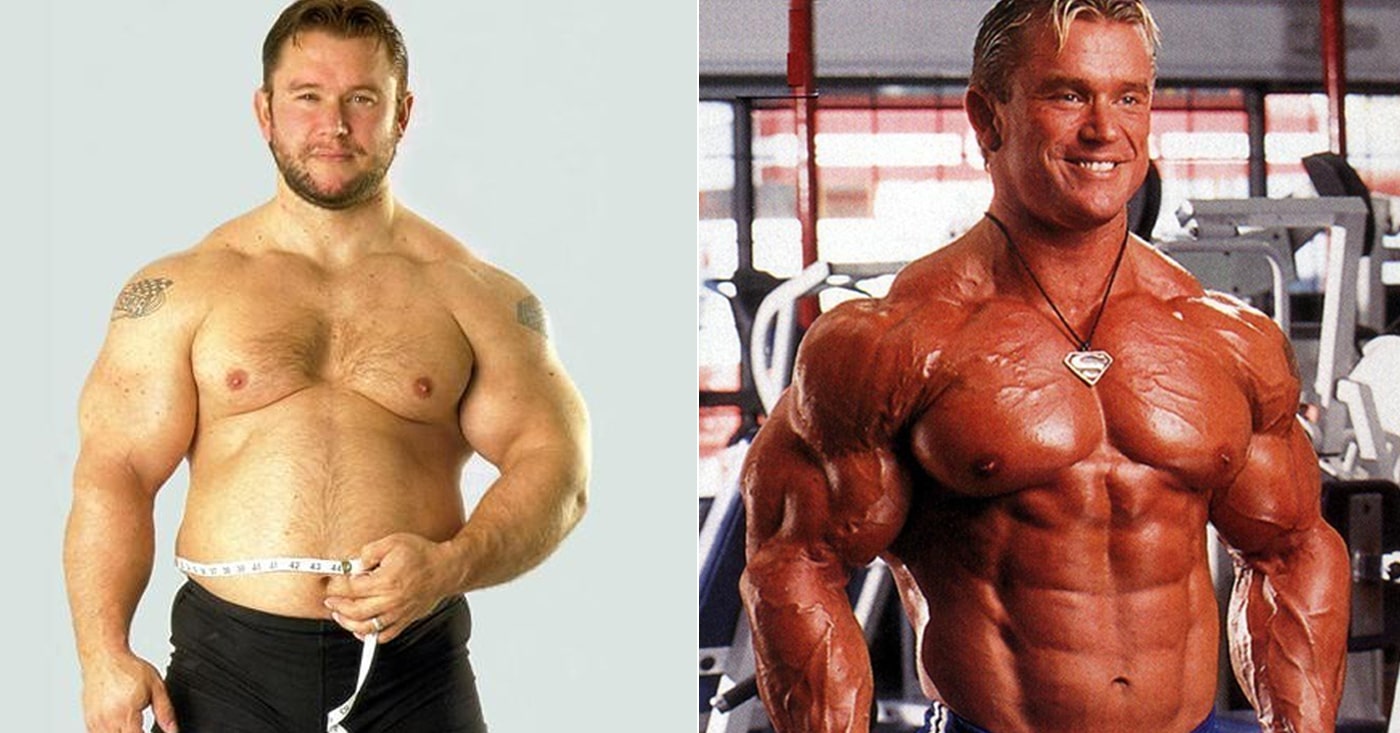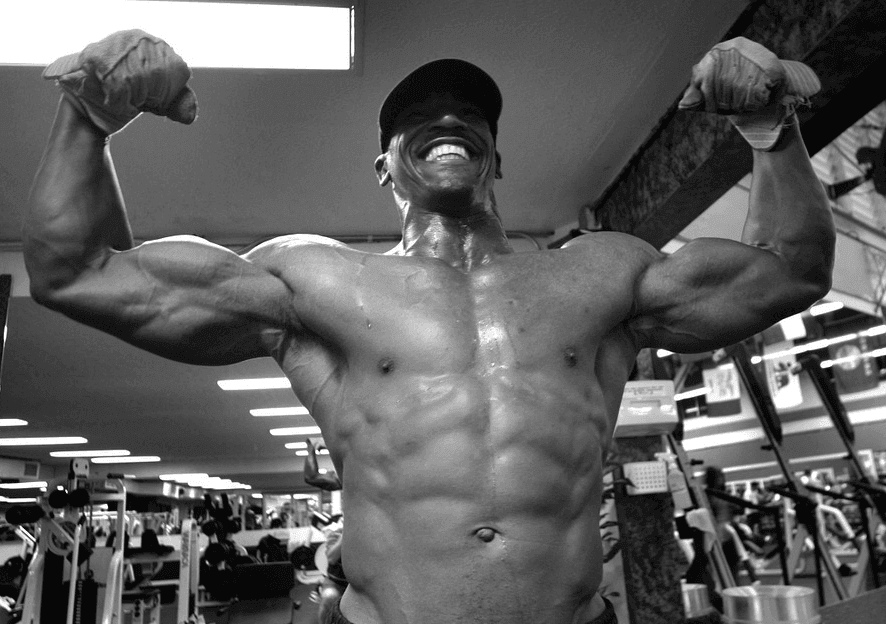


So, in order to offset some of those “dieting side effects” and keep the transition as smooth as possible, a brief phase where calories are more gradually tapered from a surplus into a deficit can help out. This will make the first few weeks of your cut much tougher to follow, and your chances of actually sticking to it will be lower in comparison to dropping your calories at a slightly slower pace. If your intake for bulking was set at 3000 calories per day and you immediately drop straight to 2000 calories in combination with extra weekly cardio, you’ll likely find yourself feeling excessively hungry, physically drained and with a much harder time focusing on regular day to day tasks.

If you’ve been eating in a calorie surplus over a prolonged period of time in order to gain muscle, your body will have gotten used to that higher food intake and your appetite and hunger signals will have adapted as well. Rather, the main purpose of the “pre-diet phase” is to keep your hunger levels under control and to maintain your physical/mental energy as you shift into your cut, rather than “shocking” your system with a large calorie decrease over night. You don’t need to spend week after week after week slowly dropping your calories in tiny precise increments, as this is simply unnecessary and will only prolong the amount of time it takes for you to reach your desired level of leanness.Īs long as you’re continuing to follow a properly structured weight training plan, are consuming a sufficient amount of protein each day, and are not drastically cutting calories in combination with huge amounts of extra cardio, muscle and strength loss are not going to be a concern when dropping into a calorie deficit. Here’s how to go about it… The Purpose Of The “Pre-Diet Phase”Īn effective bulking to cutting transition is actually very straightforward, and I wouldn’t recommend over-complicating this or turning it into some long drawn-out process. What is the best way to transition into fat burning mode and strip off that excess “fluff” you accumulated during your muscle building phase? So, that’s exactly what I’ll be covering today.

I received quite a few questions in response to that article from readers who were at the other end of the spectrum and wanted to know how to properly shift from bulking to cutting instead. A few weeks ago I wrote a post explaining how to transition from cutting to bulking for those who had just finished up a fat loss phase and were ready to start gaining more overall mass.


 0 kommentar(er)
0 kommentar(er)
